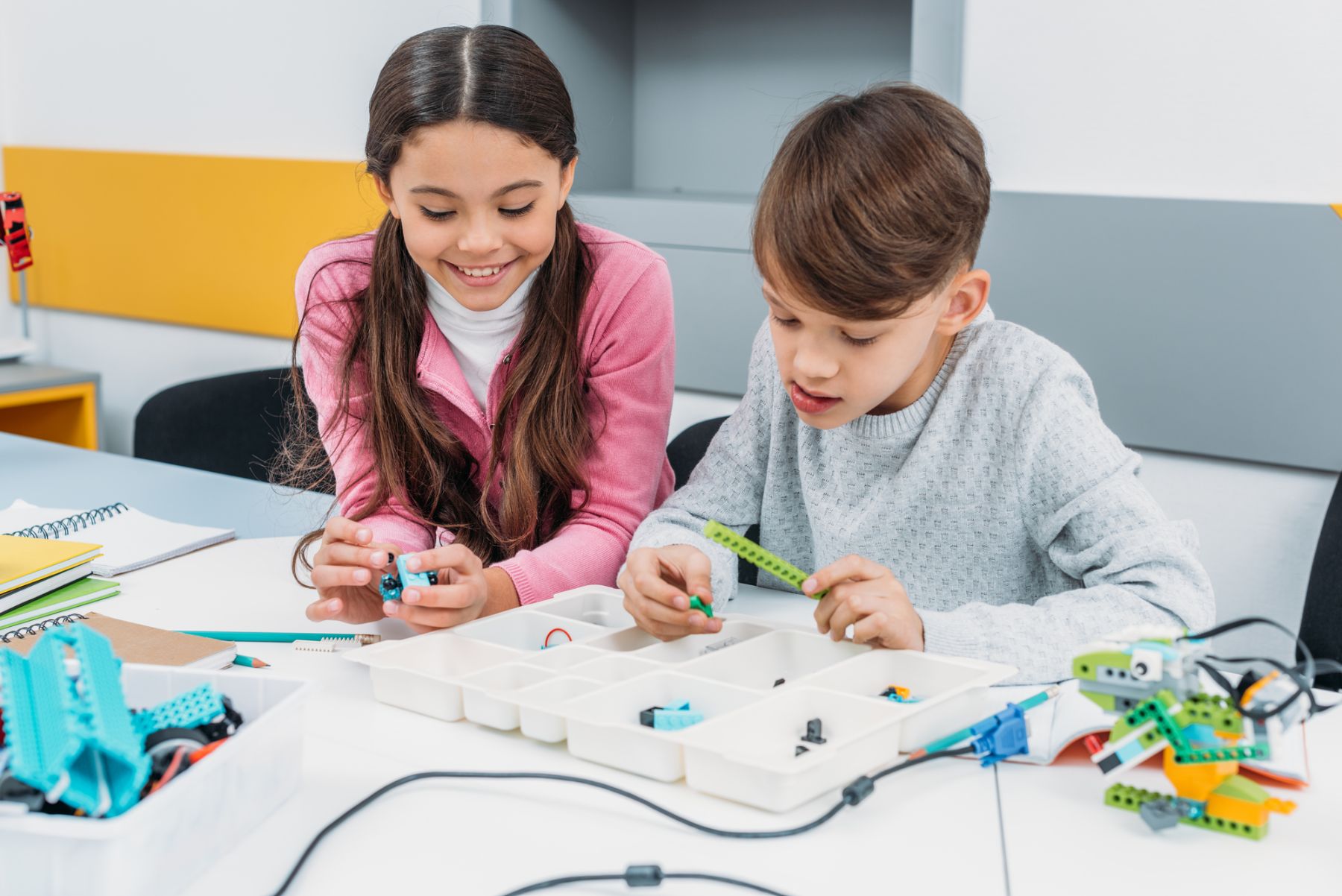I remember the first time I found myself in a makerspace. I was at a conference and the organizers had erected a model makerspace to explore. I went in out of curiosity, not really planning to spend much time there, but ended up planting myself in that space for the majority of the conference.
If you don’t know what a makerspace is or what it is for, don’t feel bad. Makerspaces aren’t really the point of Maker Education. But it is useful to know that a makerspace is any space in which a learner can engage in self-directed creativity. Your classroom can be a makerspace. The media center can be a makerspace. Any room in your house becomes a makerspace when you are using it (and the tools it contains) to engage in creative work.
I mention all of this as a prelude to the concept of Maker Education. Maker Education grows out of the Constructivist tradition in education, and as a result, it focuses on students learning through exploration, trial and error, and authentic work for authentic audiences. As such, it dovetails well with Design Thinking, Project and Problem-Based Learning, Student-Centered Learning, Voice and Choice, and STEM/STEAM.
Maker Education is WAY bigger than can be understood in a single blog post, so I hope you will check out the third episode of the Keep Indiana Learning Home Grown Podcast. In it, I had the opportunity to connect with three amazing educators who work at the heart of Maker Education. I learned a lot, and here are a few of the ideas I’ve pulled together thanks to that conversation:
10 Things I Think I Know About Maker Education
- We already do it. Many classes are built around Maker opportunities (think Art, Construction, Stagecraft), and many creative teachers, intuitively build in creative opportunities within their curriculum.
- It doesn’t matter what we call it. Some people find the terminology around Maker Education intimidating. Instead of a makerspace, you can have a Creation Station or a Spark Lab. It is the same thing.
- Making is a mindset. Students and teachers who enjoy making tend to look at the world as something they can manipulate and have an impact on. Sometimes they have a goal in mind, sometimes they tinker to just better understand something.
- Maker Education is part of a larger societal shift toward making. It is in the same tradition as DIY shows, Etsy, home brewing, duct tape prom dresses, TikTok, and YouTube.
- Making can take analog and digital forms. Someone who is designing their own classroom posters on Canva is engaged in many of the same skills and processes as someone who is programming a robot to do battle or someone who is creating their own homemade set of light-up Mickey ears.
- Making requires time for planning, experimenting, iterating, and reflection.
- Making requires the space and tools to tackle the project at hand. BUT not every makerspace looks the same or contains the same supplies. Makerspaces are determined by the makers and the tasks at hand.
- Making is inherently engaging. The task is built on self-defined goals, the process allows for experimentation and creativity, and the culture of making is social and mutually-supportive.
- Making in schools means maximizing student opportunities to define their own tasks, to approach those tasks in ways that fit their talents, and to learn the process of solving problems through iteration and collaboration. It also means providing students with the space, time, and resources to bring their ideas to life.
- Bringing Maker Education into a school is a process that needs to grow slowly. It starts with learning, then starting small.
If you are interested in learning more about Maker Education, check out these links:
- Invent to Learn by Sylvia Martinez and Gary Stager
- Your Starter Guide to Makerspaces by Nicholas Provenzano
- The Maker Mentality by Nicholas Provenzano
- Worlds of Making by Laura Fleming
- The Kickstart Guide to Making GREAT Makerspaces by Laura Fleming
- Maker Education on Edutopia
Resources
Please login or register to claim PGPs.
Alternatively, you may use the PGP Request Form if you prefer to not register an account.



